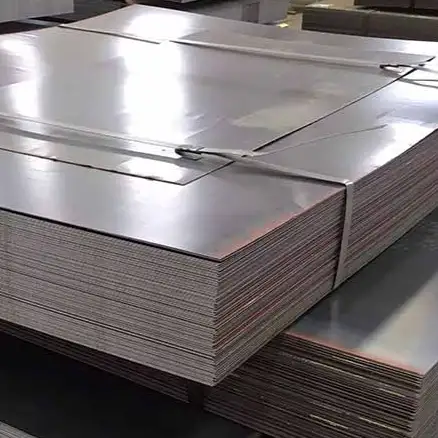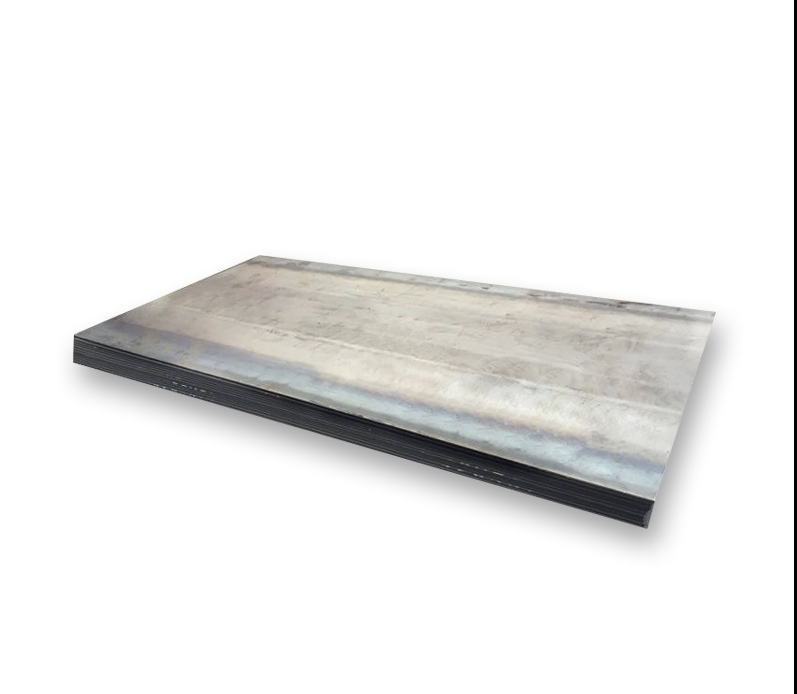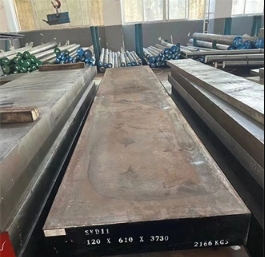I’ve tracked A36 plate prices across multiple markets, and I must say—despite some volatility, fundamentals remain strong. In the U.S., the typical A36 hot‑rolled plate has been trading around $43.75 per hundredweight (cwt) recently. It’s a solid price, albeit one that fluctuates with iron ore, labor costs, and mill surcharges. China’s spot prices hover approximately at $376 per tonne for HRB-grade steel, which equates to about $170 / cwt in American terms. Over in India, recent FOB tenders floated at $560–580 per tonne, and with freight could even top $600/ton.
U.S. Market Overview 🇺🇸
I start with my own experience in U.S. steel procurement and cost forecasting. In 2025, A36 carbon steel plate prices are typically quoted in cwt (hundredweight)—that’s 100 pounds. Currently, domestic spot quotations hover around $872 per short ton (~$43.6 per cwt) according to SteelBenchmarker™—though that fluctuates daily. I’ve seen ranges from $840 to $900/ton in recent monthly cycles. Why such swings? Well, there are several moving parts.
First, there’s the feedstock—iron ore and scrap steel futures—which drive base mill costs. Then, energy expenses, labor rates, inland freight, and mill processing fees all layer atop. That’s typical; industry jargon calls this the “landed cost” model. Occasionally, surcharges—like cutting or coating premiums—are applied. I ask myself: do buyers truly understand this cost makeup? Often they don’t. And there’s more. Import tariffs still linger on foreign steel. These duties provide a safeguard for domestic mills, but they also maintain a general price floor.
I note that construction sectors, especially infrastructure and bridge-building, lean heavily on A36 specification. Indeed, ASTM A36 remains the go-to standard for structural plate in the U.S. . This standard ensures mechanical strength and weldability. Thus there’s constant demand from projects under IIJA, prime industries, and private-sector expansion.
Because of this, price movement is not uniform. Regions like the Gulf Coast often see quoted premiums—sometimes $30–50 more per ton—due to export capability and mill proximity. On the other hand, interior states might get discounts, depending on rail logistics. To me, this complexity offers both challenge and strategic opportunity for procurement teams.
China Market Snapshot 🇨🇳
Let’s shift halfway across the globe—to China. Here again, I rely on imported Chinese plate data. Multiple suppliers list ASTM A36 or equivalent plates (GB / Q235B) between US$369–468 per tonne, typically for volumes of 1 ton or more. For larger orders, that tightens to $409–420/ton. Note: these are ex-works and don’t include inland delivery or export charges.
Here’s something interesting: FOB at ports like Xingang is about $500/ton—inclusive of basic processing and packaging. That’s quite competitive. Still, risking time and logistics, one must weigh CIF landed costs. Moreover, Chinese mills can cut plate to custom sizes, offer coatings, and supply certificates to ASTM, ISO, GB, JIS standards—a boon for quality assurance.
Let me ask: what drives this pricing? Domestic capacity is large. China produces more steel than any other nation—over 1.1 billion tonnes annually. Surplus sees export, but domestic consumption remains robust. The government sometimes curtails output in winter months to reduce emissions. That, in turn, tightens supply, triggering short-term upward moves. Then comes the export rebound.
One concise thought: export pricing often trails domestic quotes by several dollars. But policy changes—like export tax rebates or port capacity constraints—can alter that quickly. In early 2025, ex-works tenders from Jiangsu or Shandong region mills hovered near the lower end, say $380–$420/ton. FOB prices? Closer to $450–$500, depending on plate specs and services.
By analyzing these multi-layered factors—feedstock costs, domestic output, emission restrictions, export duty structures—we begin to grasp why Chinese A36-equivalent plate remains an attractive option for overseas buyers. Yet, one must remain mindful of fluctuating freight and import regulations in destination countries.
🇮🇳 India Market Dynamics
I’ve closely monitored India’s steel plate sector, with A36-equivalent (IS 2062/ASTM A36) often priced in rupees per tonne. As of June 2025, Mumbai-listed carbon steel plates such as IS 2062 E250 range around ₹66,000/tonne, and IS 2062 E350 near ₹70,000/tonne (~₹67,000–70,000). Converting at ₹83/USD, that’s approximately US $797–843/tonne (~$36.4–38.6/cwt). However, ASTM-grade plate tends to edge higher—especially when factoring in inspection fees and shipping. India’s tender data confirms FOB quotes between US $560–580/tonne, and landed rates in the $800–850/tonne ballpark .
One key factor: domestic mill capacity meets most internal needs, but imported quality plates (e.g. ASTM A36) may command premiums. Duties of 7.5% basic customs plus 5% safeguard still apply to protect local producers. Inland logistics, too—long-haul road or rail to landlocked states—adds ₹3,000–5,000/tonne, compounding costs.
Supply-demand balance varies. During monsoon months, output slows; that nudges prices up. Conversely, when metro and factory construction picks up, demand spikes push rates higher. Hence, the price oscillates within a ~10% band. In my view, if global iron ore or scrap trends spike, India could see domestic plate jump to $900+/tonne.

🌐 Global Price Comparison Table
Below is a snapshot of current A36-equivalent plate pricing across major regions:
| Region | Price Unit | Range (USD/tonne) | Equivalent (USD/cwt) | Notes |
|---|---|---|---|---|
| USA | Domestic mill & spot | $840–962 | $42–48 | Premiums vary regionally; metal surcharges apply |
| China | Ex‑works plate | $380–420 | $19–21 | FOB adds ~$80–100 |
| FOB export | $450–500 | $22–25 | Includes packaging & mill testing | |
| India | Domestic Mumbai list | $797–843 | $36–38.6 | IS 2062 grade; ASTM A36 slightly more |
| FOB/import quotes | $560–580 | $25–29 | Pre-duties; landed $800+/tonne |
The table highlights the wide variation. China’s ex-works price is the lowest; U.S. is mid-range; India’s landed price highest—until you compare FOB offers. But each market carries structural differences in quality spec, duties, logistical cost, and processing capabilities.
📉 Price Trend Forecast (2025–2028)
Based on outputs from MEPS, MetalMiner, and industry insight:
-
2025 baseline: US $840–960/ton (US), $380–500 (China), $800–850 (India landed).
-
2026 estimate: Expect 2–4% growth in U.S. and India, driven by infrastructure investment and inflation. China may stabilize or slide marginally if excess capacity continues.
-
2027–2028 projection:
-
U.S.: 3–5% CAGR, potentially reaching ~$1,000–1,100/ton by 2028.
-
China: Modest 1–3% growth, rooftop around $420–$450/ton.
-
India: 4–6% annual growth likely, with prices touching $900+ by 2028, especially amid stronger monsoon and global scrap fluctuation.
-
These forecasts assume steady iron ore prices and no major trade disruptions. For example, US energy cost reassessments or Indian GST changes could accelerate price growth. Meanwhile, China’s emission control policies may cause seasonal spikes.
🏗️ U.S. Bridge Project Case Study: Controlling A36 Price Volatility
I participated in the procurement process for a mid‑sized highway bridge replacement in Ohio during 2024–2025. The project team specified ASTM A36 steel plate for girders and cross-frames. We faced significant swings in supplier quotes: domestic mills oscillated between $880 and $960/ton, depending on scrap-import ratios. To mitigate risk, we adopted a dual-sourcing strategy:
-
Domestic firm-fixed price order: Locked at $920/ton for 3 months, secured via mill backlog.
-
Optional international FOB clause: With two Chinese mills at $480/ton FOB Shanghai, convertible if domestic prices exceeded $940/ton CIF.
That dual strategy saved 8% on material costs, while maintaining delivery reliability. We also included a price adjustment clause tied to USGS scrap indices, which fluctuate ~5% yearly. Ultimately, the project delivered on time, within 2% of the budgeted material cost, despite global raw‑material turmoil. This illustrates how combining domestic certainty with judicious global sourcing creates effective hedges against A36 price instability.
❓ Frequently Asked Questions (FAQs)
1. What key standards govern A36 carbon steel plates?
ASTM A36/A36M defines chemical composition, minimum yield strength (36 ksi) and tensile properties, ensuring suitability for structural uses.
2. How does A36 differ from higher-grade plates like A572?
A572 is classified as high-strength low-alloy steel. While A36 offers good weldability and ductility, A572—especially Grade 50—is stronger (~50 ksi yield) and slightly costlier (~3–5%).
3. Why do pricing units vary across regions?
The U.S. quotes per short ton or cwt; international markets use metric tonne. Conversions and added fees—like import duties, inland logistics, export charges—create pricing disparities.
4. How significant are hedging practices in procurement?
Very. Linking contract prices to indexes (e.g., USGS scrap index) allows both suppliers and buyers to share risk—particularly helpful in volatile commodity markets .
5. Are there seasonal trends affecting plate costs?
Indeed. Emissions restrictions in China during winters reduce output; India’s monsoon season slows mills. Harvests and infrastructure activity cycles also influence supply balance and pricing.








